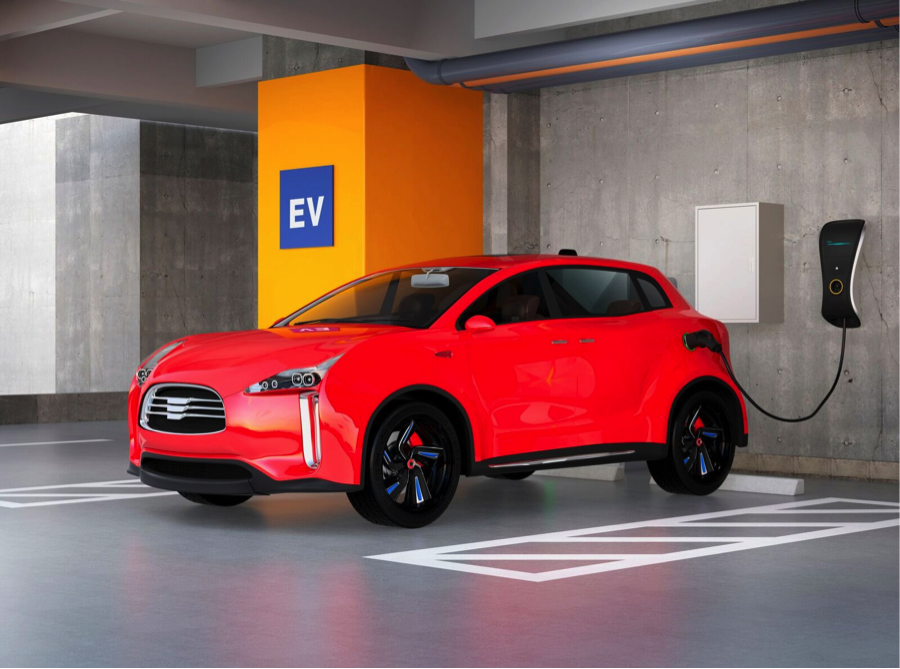
For most businesses, you might think that the primary driver for energy efficiency projects is saving money on the utility bill. However, if you view all proposed projects through the energy-cost-savings lens alone, you’re probably overlooking some of the most compelling motivations to proceed.
Financial benefits could come in many forms aside from the utility savings. Say you’re in the business of selling LED lighting retrofits. I recommend you familiarize yourself with the myriad benefits that LED lighting offers to different types of businesses. In grocery stores, studies show that meat illuminated by LED lighting has longer shelf life than meat illuminated by conventional fluorescent bulbs. For any business that uses large freezers, LEDs perform far better at cold temperatures than fluorescent bulbs.
These facts have little to do with the utility bill, but they will nonetheless have a quantifiable impact on your client’s bottom line. Uncovering these benefits requires an understanding of your prospect’s industry, deductive reasoning, and a little research, but it is well worth the effort.
By the way, this holistic approach to selling is not limited to capital expenditures that save energy. I recently worked with utility representatives who had been tasked with convincing business owners and apartment managers to designate some of their parking spaces as electric vehicle charging stations and invest the capital to power them as such. The typical targets were companies interested in offering the charging stations as a perk to their employees, and apartment building owners who could be convinced that on-site electric vehicle charging would be a differentiating amenity that would help attract and retain tenants.
Why would an employer go out of their way to offer electric vehicle charging stations to employees? How does the employer benefit from this? Here are just a few ideas:
An employee who drives an electric car in many commuting areas will have access to the HOV lane on the freeway. This will dramatically reduce the employee’s commute time. Less time sitting in traffic translates to more time spent working in the office, or at a minimum, a much less stressed employee walking through the front door every morning.
Additionally, electric cars are less prone to mechanical problems than vehicles powered by internal combustion engines. Improved automotive reliability means fewer unexpected trips to the mechanic, which means fewer days calling off work because of car trouble. So, employees who drive electric cars will be at work more often (and potentially for longer hours), will be less stressed, and will have higher productivity. It’s now easy to see why it is in the employer’s best interest to facilitate the use of electric vehicles by providing on-site charging.
The apartment building angle was an excellent one. One story that quickly became a powerful door-opener was the tale of an apartment complex manager who wound up turning away five tenants in a single month because every one of them was looking for a building that would accommodate charging. Residential landlords know the value of attracting and retaining tenants. Attracting five incremental tenants in a given month would mean a lot, and since having on-site electric vehicle charging stations would likely be a differentiating amenity, it’s likely that those tenants would elect to stay for a long as possible given the dearth of similarly featured properties in the area.
When brainstorming these “beneath the surface” benefits, remember that every individual client will have unique challenges – sometimes, the client won’t even realize they have a challenge until you point it out! The more solutions you can offer, the more reasons your prospects will have to say “Yes!”
Want our daily content delivered to your inbox? Subscribe to the Selling Energy Blog!







